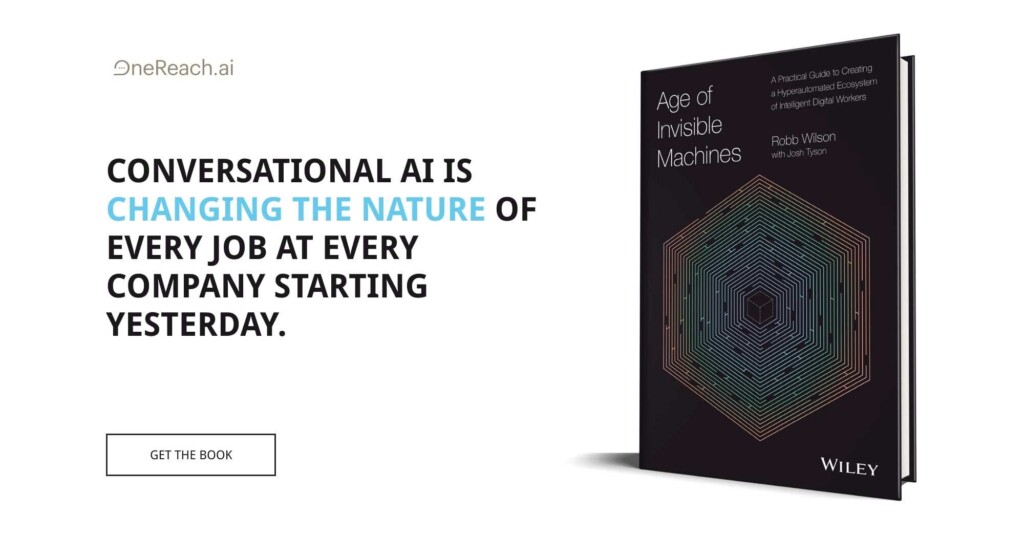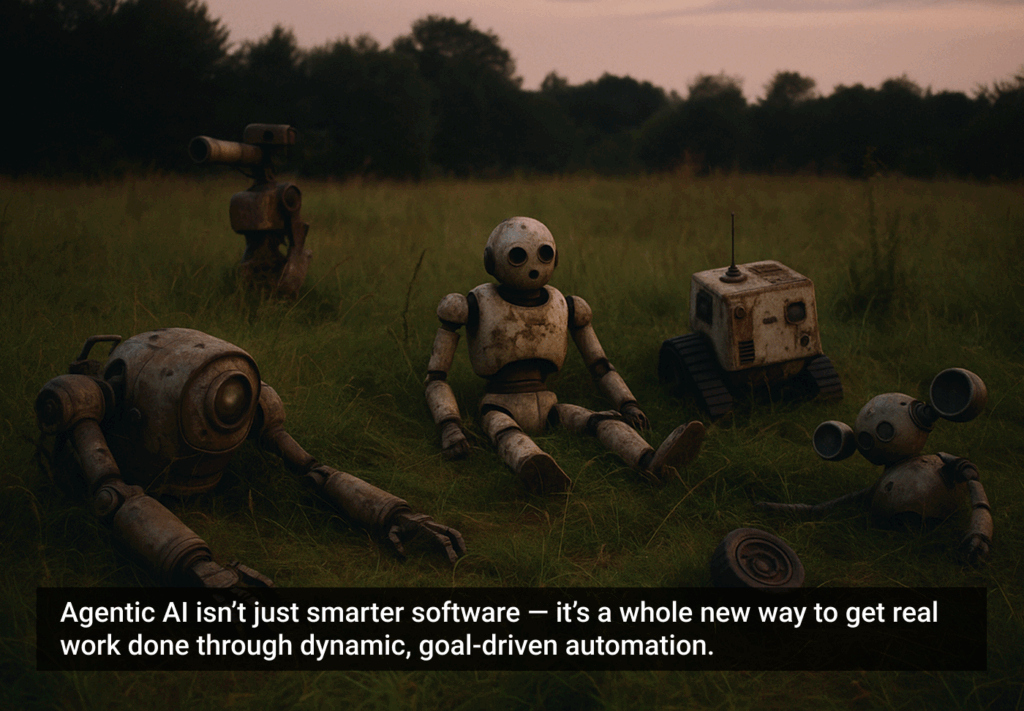Time and again, you’ll hear industry forecasters say things like “customer experience is going to be the differentiating factor for brands in the future.” I agree with them. It’s becoming harder and harder to carve out market share based on price or product features, which is why AI-powered tools that connect data across departments and generate meaningful insights for marketing and development teams will be so important.
Being able to optimize pivotal moments of interaction with customers and orchestrate the journey in a way that creates higher levels of satisfaction for all is the key to unlocking long-term success. And nowhere will this be more apparent than in customer service channels.
Customer comfort with technology
Customer service has always played an important role for brands, especially in moving a customer from a one-time shopper to a returning one. In the digital age, when experiences are more fractured, the move from acquisition to retention requires an even sharper focus on post-transaction support than ever before.
Over the past year, retail has had its fair share of shake-ups, and many brands have turned to new and novel technologies to help tackle the challenges. But as the dust settles on an unpredictable 12 months, we’re starting to be able to chart where technologies like AI can and should play a bigger role — and where they shouldn’t.
Consumer comfort with new and emerging technologies can be a strong indicator of where trends in tech are heading and which ones will be successful. In a recent study we conducted, we noticed a strong trend toward consumer hesitance around fully autonomous experiences. Respondents weren’t interested in a completely hands-off experience where AI took the reins completely.
They were interested, however, in technologies that could support them as they navigated the experiences themselves. And that’s something retailers can (and should) take note of as they explore ways to improve customer experiences through better customer service.
AI-powered technology is a powerful avenue for helping customers address current pain points, and because it deals with in-the-moment issues and concerns, customer service is the perfect place to bring AI tools into use. Take questions like:
- How do I exchange this for a different size?
- Why hasn’t my order arrived yet?
- Where can I find the instruction manual for this model?
They are all fairly straightforward to handle. But by bringing AI into the response mechanisms, you can make significant improvements to the individual experiences of customers every day.

Taking customer service to the next level with AI
Right now, systems that have been designed to handle a few hundred issues a week are struggling to keep pace with thousands of requests. Any business whose digital channel grew by two to four times (or more) in the past year (which is going to be a very high number of businesses) would have experienced this.
A major retail client we work with experienced this exact issue last year. The tech solutions that were implemented to handle their customer service concerns were intended to serve an expected quantity of digital consumers, and last year’s pandemic saw those numbers skyrocket.
Not only could an AI chatbot handle questions like the ones above faster and with greater accuracy than we’re capable of today, but it could support better customer experiences down the line.
Using data gathered from the AI chatbot interactions, you could identify where in the customer journey issues are arising and the nature of those issues, which would enable you to prevent certain concerns from surfacing in the first place. This not only enhances customer experiences directly, but it also frees the customer service team to focus on problems that aren’t so easily handled by algorithms and require the deft, more personal touch of a live agent.
Very quickly, automation and deep insights drawn from AI-powered data engines can inform better customer service experiences when it comes to addressing problems and answering customer concerns. But it’s not just issue triage that AI can help with — these same tools can also influence the long-tail of sales enabled by your customer service stream.
Customer service plays a significant role in early funnel product inquiry. Being able to respond to requests with contextually relevant recommendations and meaningful insights about the benefits of a product or service can be a powerful tool for creating a lasting impression with consumers — and for closing sales.
There are AI tools on the market today that can support product search and discovery with powerful visual AI and natural language processing (NLP) integrations. By identifying characteristics (blue, button-down, long-sleeve) of a product that a customer is browsing (in this case, a shirt), the algorithms can provide a carousel of similar items to choose from that helps customers find their best product match.
Even more engaging, an impressive camera search function would allow customers to upload their own images and find similar items on the website. For example, Syte, which we use for some of our major retail clients, has a feature that uses visual AI to identify similarities among products and make recommendations.
These opportunities to connect with clientele and enhance their shopping experiences are part of the greater customer service effort, responding to consumer needs and wants with the same expertise as an in-store advisor would, but with the speed and efficiency digital tools can enable.
AI can enable market-differentiating experiences
Customer experience is end-to-end, meaning customers don’t just assess products and services in one moment. Brands are built on millions of moments of interaction, and many of the most crucial interactions are the ones in your customer service stream. Leveraging the power of AI through your customer service interactions means you can surface new opportunities to enhance the sales funnel, both directly and indirectly.
By bringing AI into your customer service stream, whether that’s through automated chatbots, visual search and discovery channels, or even immersive or personalized shopping experiences, you’ll be able to create the kind of market-differentiating experiences that will guarantee brand growth for the long haul.








